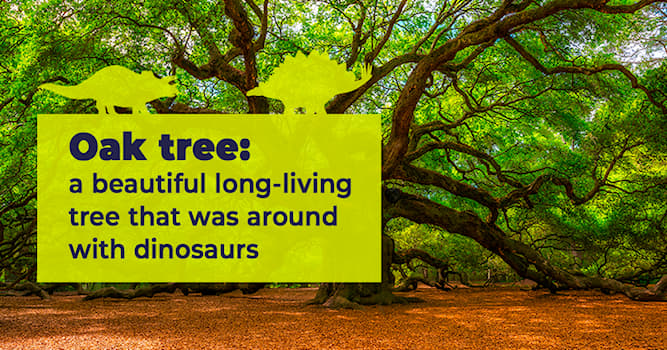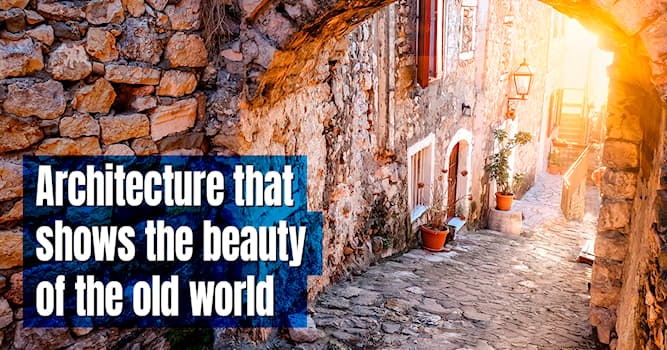What facts about Japan do foreigners not believe until they come to Japan?

Capsule hotels

- A hotel providing a compact, capsule-style space to sleep.
- Mainly used by those who need to save on the cost of a hotel room or who missed the last train home from a city center.
- Capsule hotels debuted in 1979 in Osaka with the "Capsule Hotel in Osaka" in the city's bustling Umeda district; Architect Kisho Kurokawa designed the hotel.
- During the 1960s, the word "capsule" ("kapuseru" or カプセル) started appearing in Japanese meaning very futuristic and compact.
- The going rate for capsule hotels is usually between US$30 to $50 a night, depending on the hotel. But that often includes high-speed internet access and, also depending on the hotel, basic amenities, like toiletries.

Different capsule hotels have different rules, though some basic rules:
- Check-in: Leave your shoes in the shoebox. Fill out the Check-in Card. Get your Locker key and sleeping pod number.
- In the capsule hotel, guests are usually given a gown, a robe or even sweats. Unlike at a business hotel, it's not considered gauche to walk around in robe.
- Using the Bath or Sauna : Many capsule hotels put a lot of effort into their bathing facilities, giving guests a sentou (銭湯) or communal bathing experience, Segregated by gender.
- Check out: Return your Locker key at the Front Desk and check out.
NOTE: This type of hotel accommodation is definitely not recommended for sufferers of claustrophobia!
“Bonseki”: A rare and lesser-known Japanese art form
Most people would have heard of “Bonsai,” but “Bonseki” is also an art form in which the artist utilizes stones and sand to express mountains, landscape and waves. This ancient Japanese art form is not very well-known, even among Japanese people, but the use of natural materials to express natural landscapes makes for some beautiful results.



- The origins of Bonseki are unclear but it is believed Emperor Tenmu, who reigned in the mid-7th Century, made use of Bonseki techniques to describe natural objects and landscapes. It is also believed that a number of gardens in Kyoto were planned and designed with the use of Bonseki as a type of temporary blueprint.
- The Edo Period (1603–1867) saw many Bonseki schools set up as it gained in popularity. Bonseki was particularly popular with many ladies of the Shogunate court in old Tokyo. With the restoration of Imperial rule, Bonseki declined sharply as more emphasis was placed on modernity and Western culture.

Modern Jikatabi
- Jika-tabi ("tabi that contact the ground") is a type of outdoor footwear worn in Japan. It was invented in the 20th century.

- Also known (outside Japan) as "tabi boots", they are modelled on tabi, traditional split-toe Japanese socks. Like other tabi, jika-tabi have a divided toe area so that they can in theory be worn with slip-on thonged footwear, but they are heavy-duty, and resemble boots.
- Being made of heavy, tough material and often having rubber soles, jika-tabi are often used by construction workers, farmers and gardeners, rickshaw-pullers, and other workmen.
- Carpenters and gardeners wearing these boots can, if they wish, use their feet as an extra pair of hands, for example to hold objects in place.
- In recent years, jika-tabi have been seen in Hollywood movie productions. Examples include The Wolverine, 47 Ronin, Big Hero 6, Star Trek, and Thor: The Dark World.

The 3D Latte Art of Kohei Matsuno
- Latte art has become very popular in recent years, with more and more talented baristas using the fragile milk foam as a miniature canvas for their artworks, but Japan’s Kohei Matsuno is already taking the delicate art form to a whole new level with his amazing 3D latte masterpieces.
- Kohei Matsuno used to work in an Osaka restaurant where he used latte art to surprise his clients.However, he noticed people are not so easily impressed with the usual designs on their cups of caffeinated beverages anymore, so he decided to step up his game.
- He had become an expert at creating traditional Japanese landscapes, popular manga characters and realistic portraits on milk foam, but he still felt restricted by the flat surface of his delicious canvas.


- To make things really interested he began using large amounts of milk foam to design all kinds of cute shapes, decorating them with with a sharp utensil, usually a toothpick. This ingenious trick has made Kohei one of the most popular latte artists in Japan. Using the alias “Mattsun”, the young barista now spends his days taking ideas from his fans and turning them into delicious reality.
Small Torii or GOMI YOKE TORII in public places: Clean Japan
- A torii (bird abode) is a traditional Japanese gate most commonly found at the entrance of or within a Shinto shrine, where it symbolically marks the transition from the profane to the sacred. The presence of a torii at the entrance is usually the simplest way to identify Shinto shrines.

- The function of a torii is to mark the entrance to a sacred space.
- However, One may find small torii or GOMI YOKE TORII on walls — sometimes made of wood or simply drawn in red paint — in places like residential areas, placed for the purpose of deterring public urination and illegal dumping of garbage.


- Regardless of religion, the Japanese regard torii as sacred objects. Therefore, they feel that defiling torii may “incur a curse” so they will not risk bad deeds.

- During the Edo period, there were many public toilets in the town of Kyoto. But once those toilets were dismantled in the Meiji era, many people resorted to public urination. At the time, bewildered residents built small torii in the hopes of stopping this practice. Since the solution was effective, the custom of using torii has continued into the present day and is still seen in many places.
References and Image Courtesy
SHARE this article with your friends!
Interesting Facts
7 images that depict life from a different point of view
8/11/2021
by
brian l
In today’s post, we would be sharing these seven photos that show life from another perspective.
9 things that should be used to make our lives easier
8/15/2021
by
brian l
With these nine images, we would be showing things that should be used worldwide to make our lives better!
5 scary animals with an undeserved reputation
8/5/2021
by
brian l
We evolved to take animal threats seriously. But sometimes the animal in question is a show off. Many dangerous looking animals are harmless.
5 amazing facts about oak trees
7/14/2021
by
brian l
You might not think oak trees are too impressive or special but you’d be wrong. Keep reading to find out 5 facts about them that will blow you away.
10 magnificent architectural edifices that got lost as the modern world developed
7/6/2021
by
brian l
Today we bring you glimpses of how the world was before modernization came around.










